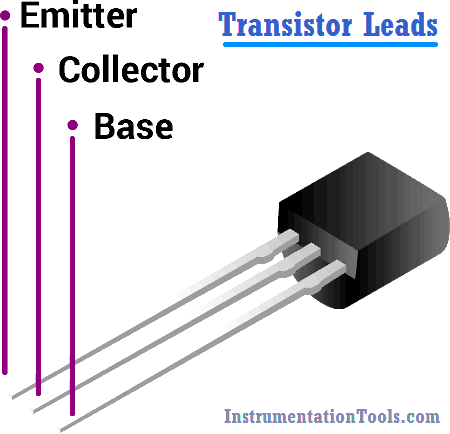
There are three leads in a transistor viz. collector, emitter and base. When a transistor is to be connected in a circuit, it is necessary to know which terminal is which. The identification of the leads of transistor varies with manufacturer. However, there are three systems in general use as shown in Fig.
(i) When the leads of a transistor are in the same plane and unevenly spaced [See Fig. (i)], they are identified by the positions and spacings of leads. The central lead is the base lead. The collector lead is identified by the larger spacing existing between it and the base lead. The remaining lead is the emitter.
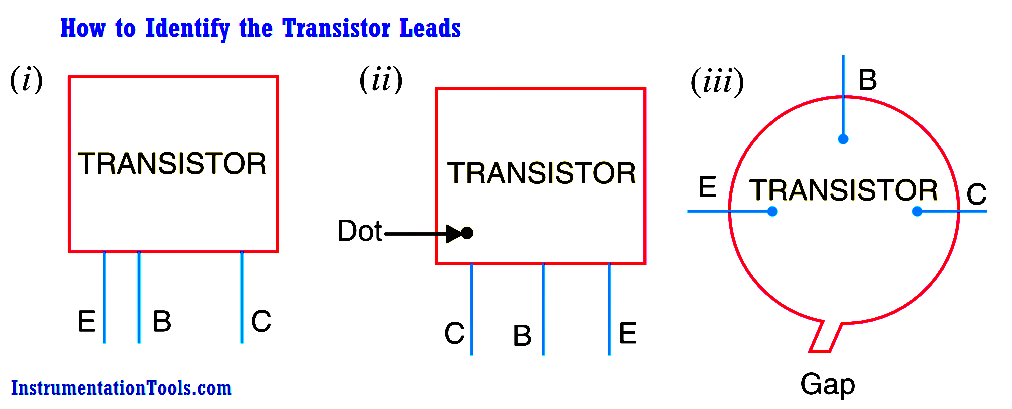
(ii) When the leads of a transistor are in the same plane but evenly spaced [See Fig. (ii)], the central lead is the base, the lead identified by dot is the collector and the remaining lead is the emitter.
(iii) When the leads of a transistor are spaced around the circumference of a circle [See Fig. (iii)], the three leads are generally in E-B-C order clockwise from a gap.
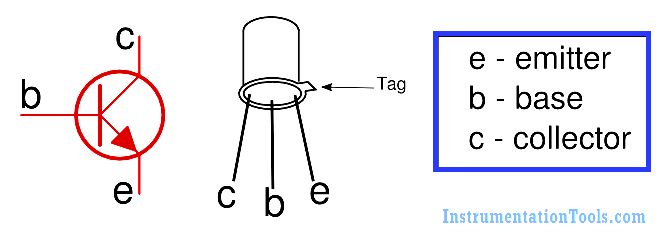
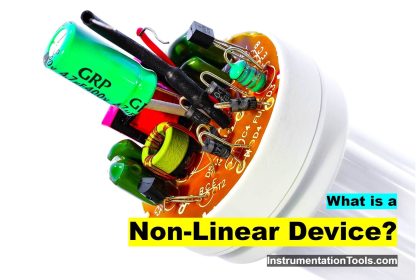

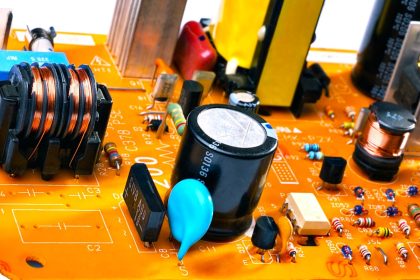
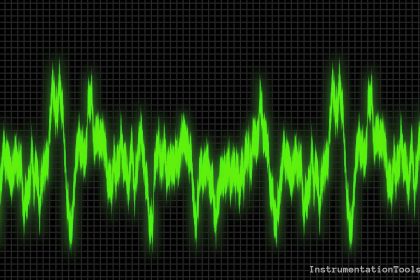
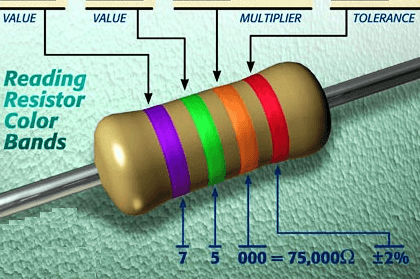
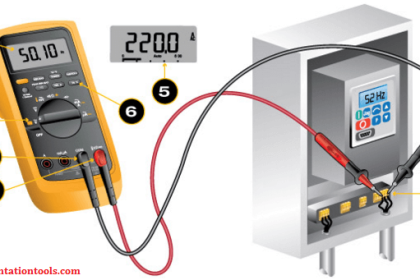
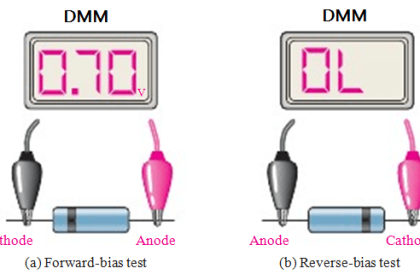
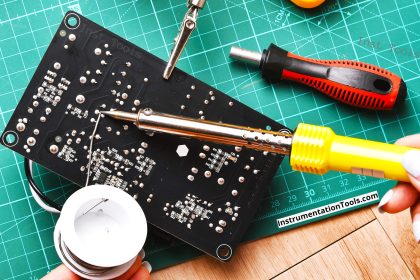

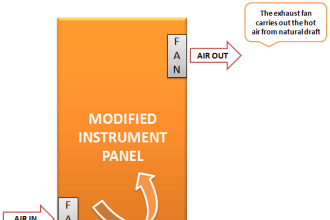
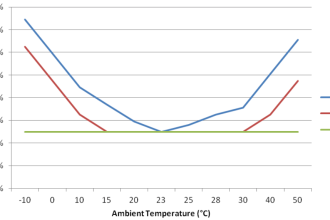
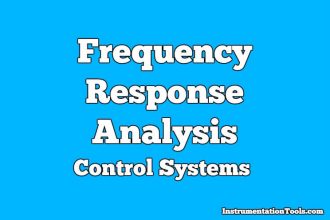
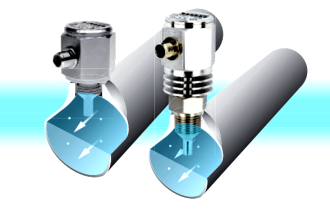
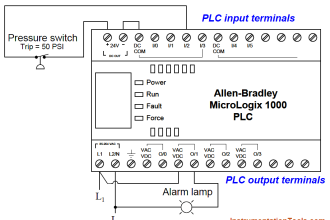
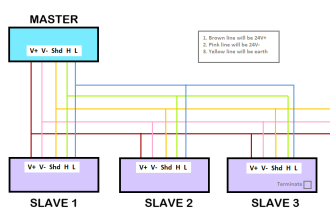
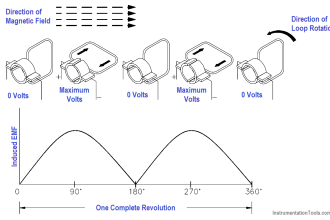

This is an excellent tool for study
Your leading image contradicts the body of the article: it appears to fall under (i), but labels an outer lead as base rather than the one in the middle.